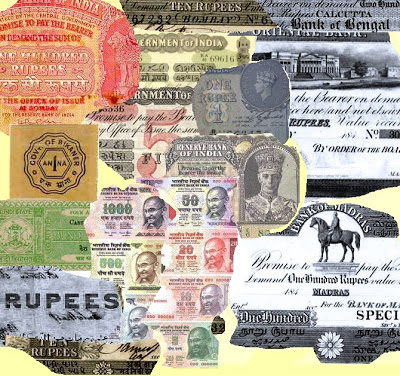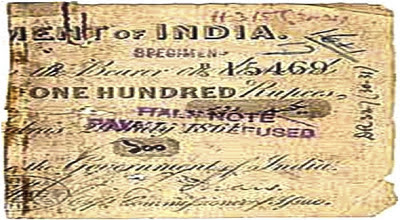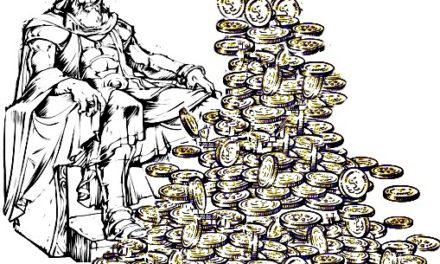
Origin and growth of Bank Notes and Currencies – 8
Origin and growth of
Bank Notes and Currencies – 8
(Written by N.R. Jayaraman)

Similarly the French Government too has issued Paper currencies on par with Indian rupees. Some of the French currencies issued in India were predominantly in Tamil language. Especially the promissory clause which is in Tamil reads ”……much rupees will be produced to the bearer of this Currency”
After Napoleonic War, the French colonial possessions in India were reduced to the coastal settlements in the southern part of India, one of the major province being Pondicherry. Till the French rulers slowly allowed the areas under their control to merge with the Indian Union, the bank note issues beginning from 1875-76 till 1954 for the areas were managed by the Bank called ‘Banque Indo chine’ operated from Paris. The Indian Rupee was also legal tender in French areas in India. ‘Banque Indo chine’ issued the French Currencies under the name French India Rupiah (INFR) at par with the Indian Rupee.

After the decline of the Mughal Empire in the upper parts of the Himalayan territories, Kashmir was annexed by the Afghans, taken over by Sikhs and finally fell into the hands of the British rulers who appointed Gulab Singh as the Feudatory Chief of Jammu & Kashmir. Maharaja Ranbir Singh who came in line as successor was the first to introduce paper money in the province controlled by him which was Jammu & Kashmir. The best part of the Paper Money was that it was printed on Water Mark Paper in 1877 when most other paper Money were printed on non water mark paper at that period. The Paper Money issued by Maharaja Rambir Singh were not very popular and were in circulation only for a very short period. The Paper Money carried the ‘Sun’ motif of the Dogra family. Those currency notes were however used only for payment to the state treasuries of land revenue and other government dues. The Currencies issued were in denominations of 1 rupee to 1,000 rupees. When Jammu & Kashmir became integral part of India through a treaty signed between the Princely state and the British Government, those Currencies were no more valid.

















Recent Comments